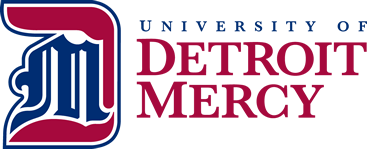

CINAHL (EBSCOhost)
Use an asterisk (*) for truncation - to find words with multiple endings
Use a question mark (?) wildcard to replace 1 character
For more assistance, please see the Help link above.
(from CINAHL Help page)
Using the letter N (near) or W (within) and a number (indicating the number of words) allows a way to search for 2 or more words that occur close to each other.
N (near): N3 finds the words if they are a max of 3 words apart from one another, regardless of the order in which they appear. E.g. insurance N3 reimbursement will find results like:
insurance reimbursement
insurance for reimbursement
reimbursement practices of insurance companies
insurance approval and reimbursement
W (within): W4 finds words that are within 4 words of one another, in the order entered. E.g. Covid W4 protocols will find results like those below but will not find protocols for Covid:
COVID-19 pandemic and public health protocols
COVID-19 related protocols
For more assistance, please see the Help link above.

(from ProQuest Help page)
ProQuest proximity searching differs slightly from CINAHL so please be aware to enter the operators correctly in each database.
Using the letter N ( or the term NEAR) or P (or the term PRE) and a number (indicating the number of words) allows a way to search for 2 or more terms that occur close to each other.
N (NEAR): N/3 or NEAR/3 finds the words if they are a max of 3 words apart from one another, regardless of the order in which they appear. E.g. insurance N/3 reimbursement or insurance NEAR/3 reimbursement will find results like:
insurance reimbursement
insurance for reimbursement
reimbursement practices of insurance companies
insurance approval and reimbursement
P (PRE): P/4 or PRE/4 finds words that are within 4 words of one another, in the order entered. E.g. Covid P/4 protocols or Covid PRE/4 protocols will find results like those below but will not find protocols for Covid:
COVID-19 pandemic and public health protocols
COVID-19 related protocols
Use when words contain variant spellings.
For more information, please see the ProQuest Truncation and Proximity Help link above.
Use an asterisk (*) to find words with multiple endings. Must use at least 4 characters before placing the asterisk or the truncation will be ignored.
Truncation turns off automatic term mapping and the process that includes the MeSH term and any specific terms indented under that term in the MeSH hierarchy. For example, heart attack* will not map to the MeSH term Myocardial Infarction or include any of the more specific terms, e.g., Myocardial Stunning; Shock, Cardiogenic.
PubMed does not support proximity searching.
Scopus - Cited reference searching